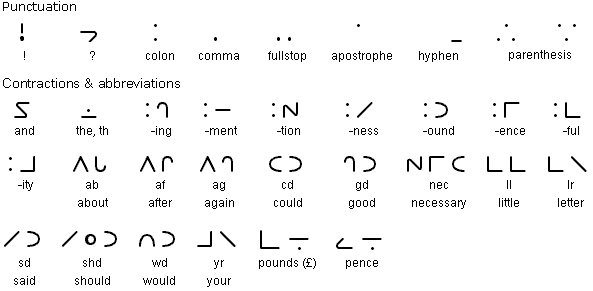Origin
The Moon alphabet was invented by Dr. William Moon (1818-1894). Dr Moon lost his sight completely at the age of 21 after being partially sighted throughout his childhood. He learnt all the embossed reading systems available at the time but found them unsatisfactory so invented his own system. He brought out his first booklet in the new alphabet, 'The Last Days of Polycarp', in 1847.News of Dr Moon's new alphabet spread quickly and he was soon swamped with requests for parts of Bible. At first Dr Moon printed all the documents at his home in Queens Road, Brighton, UK. In 1856 however, he managed to obtain funding from the blind philanthropist Sir Charles Lowther to set up a printing press and workshop nearby. The Moon Printing Works operated on the same premises until 1960, producing books and magazines in 471 different languages.
Dr Moon also travelled to many parts of the British Isles and other parts of the world setting up printing presses, libraries and home teaching socities. After his death in 1894, his daughter Adelaide continued his work.
Today Moon's alphabet is little used or known outside the UK. Since the 1990s though there has been a revival of interest in it.
Notable features
- The Moon alphabet consists of embossed shapes which can be read by touch. Some of the Moon letters resemble the letters of the Latin alphabet, others are simplified letters or other shapes.
- The Moon alphabet is easier to learn than Braille, particularly for people who lose their sight in later life.
- The letters of the Moon alphabet can represent individual sounds, parts of words, whole words or numbers.
Moon alphabet


Links
Further information about William Moon and the Moon alphabethttp://www.scip.org.uk/moon/homepage.htm
An introduction to the Moon alphabet
http://www.bsblind.co.uk/full/moon/moontype.htm
No comments:
Post a Comment
Note: Only a member of this blog may post a comment.